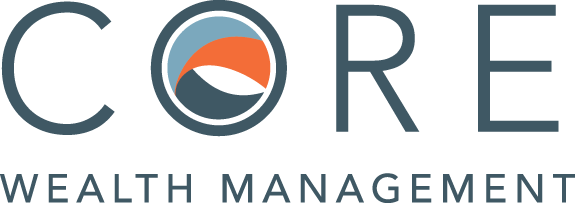
A 401k plan can be a wonderful savings vehicle, but many employees don’t know how to navigate the plan to maximize the benefits it can offer in retirement. Contribution levels, matching opportunities, investment options and costs are all factors that need to be considered. Here are five steps to help you optimize the potential benefits your employer-sponsored 401k plan can provide.
- Contribute enough to get the full match. Most 401k plans offer some kind of employer contribution and, in most cases, this comes in the form of a match. This means the employer does not contribute to an employee’s 401K account unless the employee does so first. A match is free money, so it’s critical to understand the matching rules for your plan. For example, if the match is 100% up to 3% of your wages, if you contribute at least 3% of your pay to the 401K plan, the company will contribute 3% as well thereby enabling you to immediately double your money.
- For your investment selection, opt for a diversified asset allocation fund. Many plans offer a long list of funds to choose from, but when it comes to 401ks, less choice is often better. Look for a single, broadly diversified asset allocation or target date fund that is suitable for your risk tolerance, and that ideally has a relatively low cost.
- Understand the plan costs and how these costs affect you as a participant. Investment costs, including mutual funds costs and advisory fees, are typically borne by the participants. These costs should generally not exceed 1% and should be even lower with larger employers. Additional costs to be aware of include administrative costs. Ideally, these costs are paid by the employer, but sometimes they are passed on to the employee either explicitly or they are buried in the mutual fund costs. The bottom line is, figure out what you are paying so you can make an informed decision about how much you want to utilize the 401K as a savings vehicle.
- Dollar cost average and stay the course. One of the benefits of a 401k is the ease in which an employee can set up regular, systematic contributions, more or less putting an investment program on auto-pilot. Don’t switch in and out of investments or change contribution or investment elections based on the news or lunchroom conversation. The people who end up with over a $1,000,000 in their 401ks are generally those that do their research up front, stick to their initial strategy, and make systematic contributions regardless of market conditions.
- Ask for a new plan or consider other savings alternatives. If you discover that the investment options in your plan are inadequate or that the plan is too costly, you may want to consider asking your employer for a new plan. Sometimes, it is most prudent to use a 401k plan to maximize the match, and then save additional funds outside the 401k, either in an IRA or a taxable account. But, just because your plan isn’t ideal, doesn’t mean you are off the hook for retirement investing!
If you need help evaluating your plan, we suggest you visit a fee-only financial planner who can help, or feel free to contact our offices to meet with one of our planning professionals.

